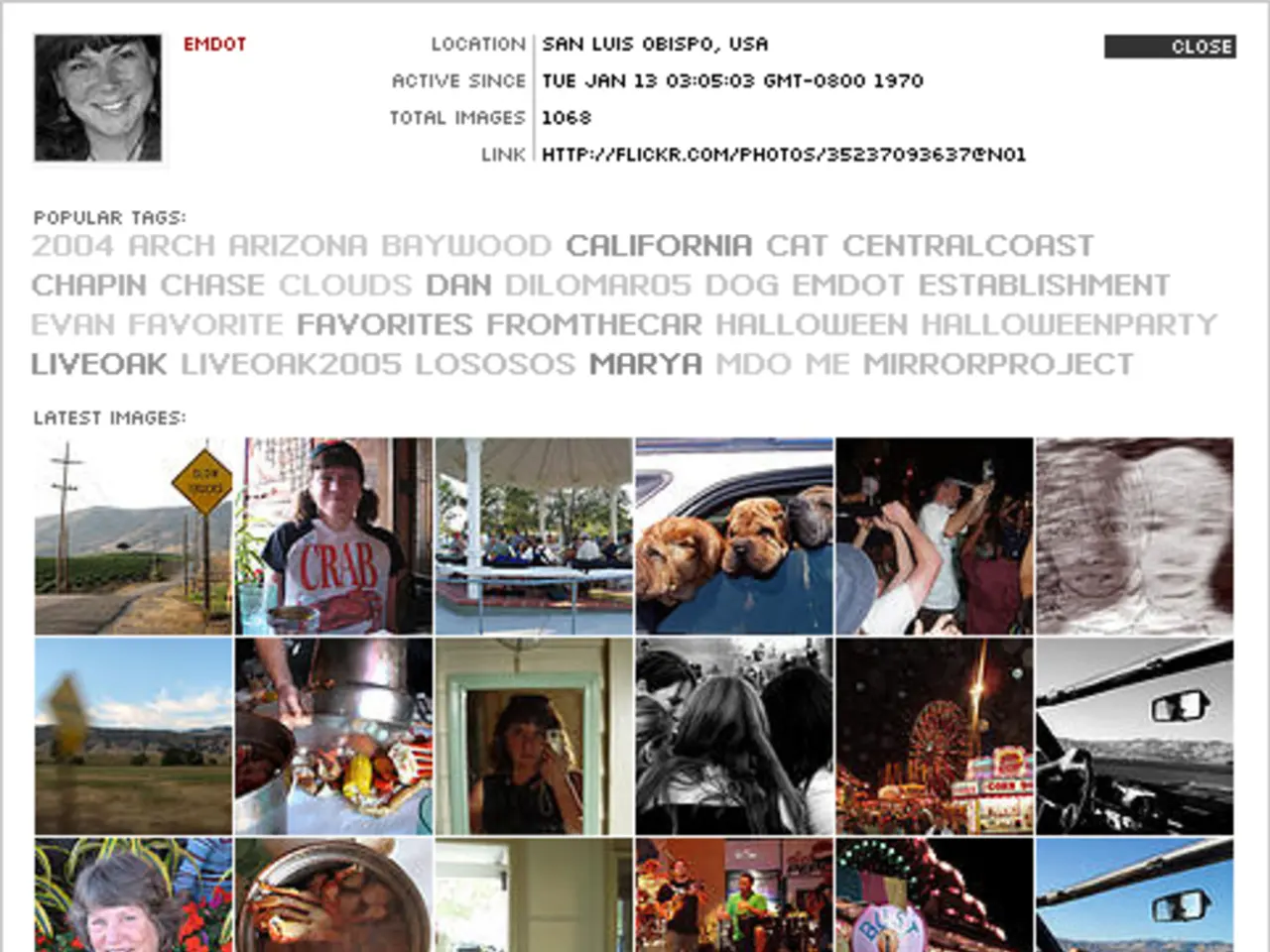Design innovation through generative systems: an exploration of their impact on the aesthetic landscape
In the ever-evolving landscape of digital creativity, generative design systems are making a significant impact on visual communications. These innovative tools, which combine artificial intelligence and design principles, are advancing rapidly towards faster, more creative, and user-friendly solutions that marry aesthetics with technical constraints.
Current advancements in generative design systems emphasize speed, creativity, and optimization. They enable the rapid generation of innovative aesthetics and forms while balancing practical constraints. Future directions aim to enhance visual coherence, user experience (UX), and overcome existing limitations through deeper integration of AI, multimodal capabilities, and autonomous systems.
One of the key advancements in generative design is accelerated iterative design. By compressing traditional linear workflows into hours or days, creators can rapidly explore thousands of refined designs tailored for both aesthetics and structural efficiency. Designers and engineers increasingly become curators selecting from AI-generated options rather than manually constructing each iteration.
Optimization of multi-dimensional criteria is another significant development. Systems now optimize designs not only for function but also increasingly for aesthetic appeal and visual coherence. AI-assisted tools consider factors like stress points, materials, and mounting constraints alongside stylistic elements to produce both beautiful and practical outcomes.
Integration of multimodal generative AI is a rising trend. Leading 2025 models combine text, image, and other modalities, enabling designers to generate visual content directly from natural language prompts or integrate complex creative parameters for greater control and nuance in appearance and composition.
AI-powered design assistance and user-centric workflows are also transforming the design landscape. Platforms like Anthropic’s Claude integrated into Canva allow users to generate and edit designs via natural language, improving ease-of-use and enhancing UX by making design more accessible to non-experts while maintaining professional quality. This blends generative creativity with practical editing, improving visual coherence and user satisfaction.
The future of generative design systems lies in their ability to adapt autonomously and contextually. Agentic AI is maturing alongside generative AI, focusing on autonomous decision-making and environmental adaptability. This promotes smarter generative systems that can refine designs in real-time to meet contextual demands and user preferences, potentially overcoming limitations such as rigid templates or lack of nuance in style consistency.
However, current generative design systems face challenges, such as balancing aesthetics with functionality, maintaining visual coherence, improving user experience, addressing ethical and cultural considerations, and achieving harmony between design elements while maintaining readability and aesthetic appeal. Nevertheless, ongoing research and development are addressing these challenges, paving the way for a more integrated, accessible, and versatile future for generative design systems in visual communications.
In summary, generative design systems are revolutionizing the field of visual communications, offering a variety of options and precise customization, expanding the creative possibilities for both professional designers and beginners. Their ease of use, integrated workflow, and effective style management and diversity control mechanisms are making them increasingly popular. As these systems continue to evolve, we can expect to see even more innovative and user-friendly solutions that push the boundaries of digital creativity.
Technology, steeped in artificial-intelligence, transforms the landscape of generative design systems. Enhancing visual coherence, UX, and surmounting existing limitations, it pushes the boundaries of digital creativity, attracting increased popularity by providing an accessible and versatile approach for both professionals and beginners.




